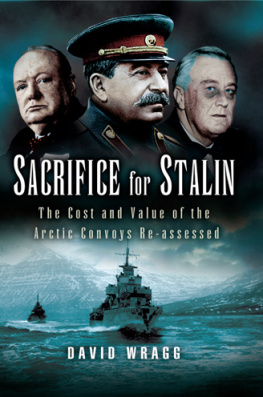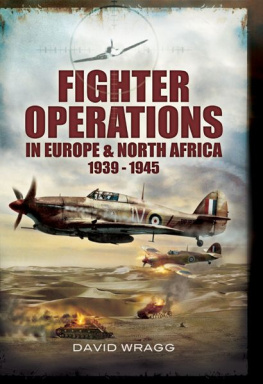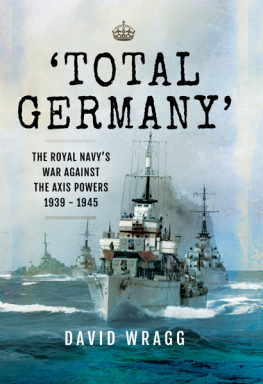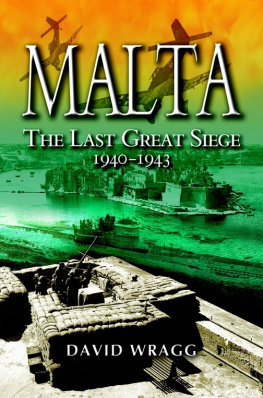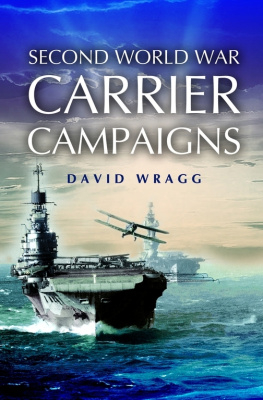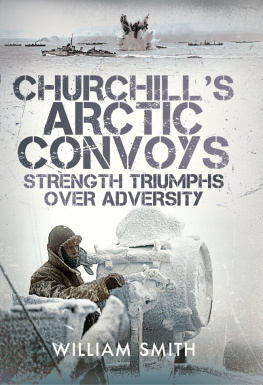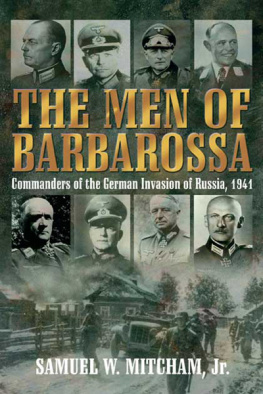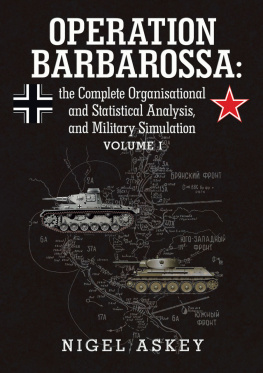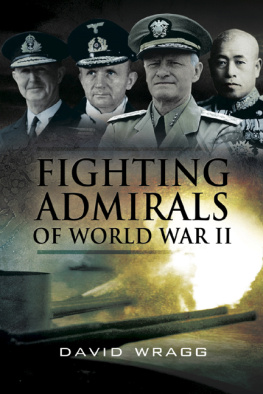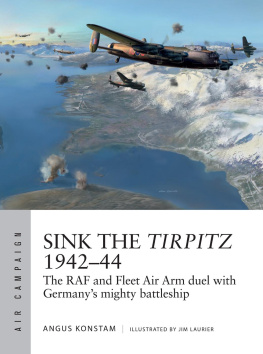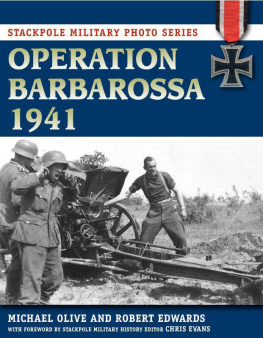

First published in Great Britain in 2005
by Pen & Sword Maritime
an imprint of
Pen & Sword Books Ltd
47 Church Street
Barnsley
South Yorkshire
S70 2AS
Copyright David Wragg, 2005
ISBN 1 84415 357 6
ISBN (ebook)
The right of David Wragg to be identified as Author of this Work has been asserted by him in accordance with the Copyright, Designs and Patents Act 1988.
A CIP catalogue record for this book is available from the British Library.
All rights reserved. No part of this book may be reproduced or transmitted in any form or by any means, electronic or mechanical including photocopying, recording or by any information storage and retrieval system, without permission from the Publisher in writing.
Typeset by Kirsten Barber,
Leeds, West Yorkshire
Printed and bound in England by
CPI UK
For a complete list of Pen & Sword titles please contact
PEN & SWORD BOOKS LIMITED
47 Church Street, Barnsley, South Yorkshire, S70 2AS, England
E-mail: enquiries@pen-and-sword.co.uk
Website: www.pen-and-sword.co.uk
Contents
In researching and compiling any such book as this, an author is heavily dependent on the help and assistance of many others. In particular, I am indebted for the provision of photographs to the Photographic Archive team at the Imperial War Museum and to the Sound Archive for promptly unearthing first hand accounts by those who sailed with the convoys.
No work on something as vast as our wartime history can cover every inch of ground, and for those whose appetite is whetted by this book, I would draw their attention to the bibliography at the back. There are accounts of the war at sea from every perspective, including the all-important personal accounts, as well as volumes of sheer factual matter.
David Wragg
Edinburgh
27 April 2005
AA | anti-aircraft |
CAM-ship | catapult-armed merchant vessel |
CAP | combat air patrol |
DEMS | defensively equipped merchant ship |
E-boat | German motor torpedo-boat or motor gunboat |
HMS | His Majestys Ship |
HMCS | His Majestys Canadian Ship |
KG | Kampfgeschwader, Luftwaffe equivalent to an RAF Group |
Kriegsmarine | German Navy |
Luftwaffe | German Air Force |
MAC-ship | merchant aircraft carrier (a merchant vessel with a flight deck) |
MOWT | Ministry of War Transport |
MRA | Maritime Regiment of Artillery |
panzerschiff | armoured ship known to the British press as a pocket battleship |
RAF | Royal Air Force |
RCAN | Royal Canadian Navy |
RN | Royal Navy |
RNR | Royal Naval Reserve |
RNVR | Royal Naval Volunteer Reserve |
SBNONR | Senior British Naval Officer North Russia |
SO(E) | senior officer, escort |
U-boat | German submarine |
USAAF | United States Army Air Force |
USN | United States Navy |
USS | United States Ship |

Operation Barbarossa, the German invasion of the Soviet Union in 1941, marked a turning point in the Second World War that was second only to the Japanese attack on Pearl Harbor. Although Stalin had been warned, he had chosen to ignore the warnings, and overnight the Soviet Union was transformed from a country that might not have been an ally of Nazi Germany, but was at the very least a co-conspirator in the occupation of Poland, into an ally of the United Kingdom; but what an ally! This was a country that had already occupied the Baltic States and incorporated them into its own territory, and had been to war with Finland. Comparisons with the Third Reich were not hard to find.
Enemy action apart, the convoys to northern Russia were undoubtedly the grimmest of the convoy routes maintained during the Second World War. On these, sailing past occupied Norway and north of the Arctic Circle, the weather was as much an enemy as the Kriegsmarine and the Luftwaffe. A total of 811 ships sailed in the Arctic convoys to Russia, of which 720 completed their voyages, another 33 turned back for one reason or another, and 58 were sunk, giving a loss rate of 7.2 per cent. Of the ships that reached Russia, 717 sailed back (some were being delivered to the Soviet Union), and of these, 29 were sunk, a loss rate of 4 per cent. This was the price of delivering to Russia some 4 million tons of war stores, including some 5,000 tanks and more than 8,000 aircraft through the Arctic convoys.
The truth was that the Soviet Union was a demanding ally incapable of seeing the broader picture or of seeing the sacrifices being made by others. Much of the blame for the initial successes of the German thrust eastwards must lie with Stalin, who, pre-war, had purged the Soviet armed forces of many of their best and most experienced senior officers. Although Russian forces had invaded eastern Poland to provide a buffer zone between the Soviet Union and German-occupied territory, Stalin had steadfastly ignored warnings of German intentions and failed to order the appropriate dispositions of his forces.
Soviet demands for help came while the UK was struggling to cope with the demands of war and had seen defeat in Norway and France, Greece and North Africa. The only bright spot was that now Germany was fighting on a new and demanding front, and the first benefit to the British was the ending of the blitz as the Luftwaffes efforts were redirected to the east.
In London and Washington, the fear was that Stalin might surrender at least part of Soviet territory, allowing the Germans access to much-needed fuel and agricultural produce, and giving them the means of continuing total war against the UK. Stalin desperately needed equipment, and the main route for equipment originating in the UK and the eastern United States was via the treacherous seas around the North Cape to the ports of Archangel and Murmansk.
Here, not only is the operation of the convoys considered, augmented by eye-witness accounts, but for the first time, the whole question of whether or not the sacrifice was worthwhile is examined.
Soviet naval and air force units played little part in the protection of the convoys, leaving this to the Royal Navy and, to a lesser extent, the United States Navy, while the Royal Air Force had to base maritime reconnaissance aircraft in the Soviet Union. Meanwhile, the Royal Air Force had to defend Malaya against Japanese attack using obsolete and at best obsolescent aircraft, including such failures as the American-built Brewster Buffalo, as it was denied the better equipment sent to the Soviet Union.
It was the poor preparation of the German armed forces for the vast distances of the Soviet Union and the harshness of the Russian winter that undid Hitlers plans for conquest. These factors were compounded by the late start due to Hitler having to rescue his Italian ally from the misadventures in the Balkans and by the decision to divide the German advances.
Next page
